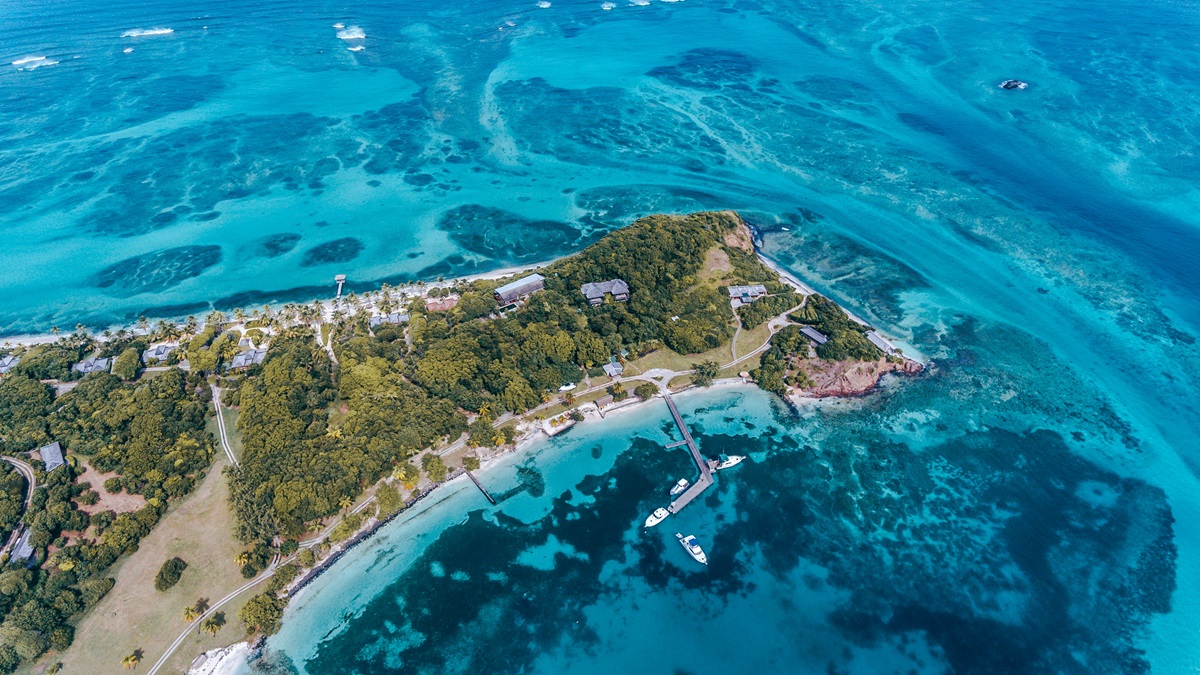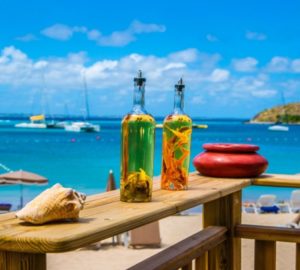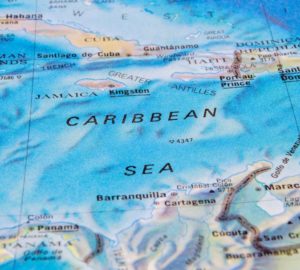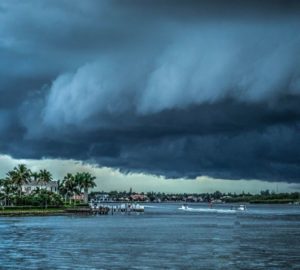Hurricane Beryl made landfall on July 1st, 2024, initially striking the southern Grenadines with Category 4 intensity. The storm’s sheer power wreaked havoc, and within just 48 hours, it had carved a path of devastation through several of the islands. By July 3, Beryl had downgraded to a Category 2 hurricane as it continued to move northward, but the damage had already been done.
The Numbers Tell the Story
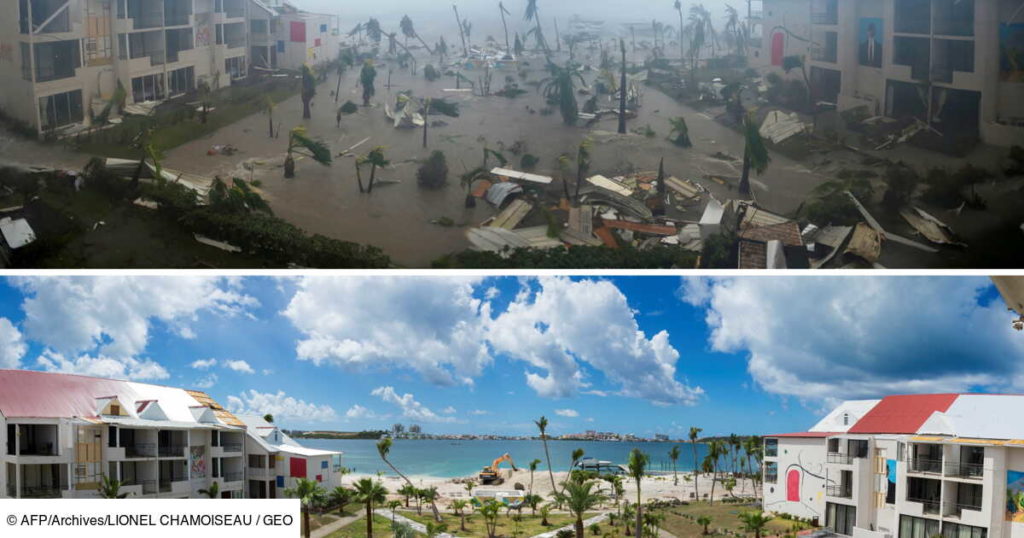
Beryl’s winds reached speeds of up to 130 mph (210 km/h), which is no small feat. The hurricane caused significant flooding, and the storm surge added to the destruction, particularly affecting coastal areas. Preliminary estimates suggest that over 60% of the infrastructure in the hardest-hit areas was severely damaged or destroyed.
According to the latest reports, at least 20% of homes on the islands have been rendered uninhabitable, and around 15% of the local economy, heavily reliant on tourism, has been disrupted. While the exact cost of the damages is still being assessed, early projections indicate that the total economic impact could run into hundreds of millions of dollars.
Key Affected Areas
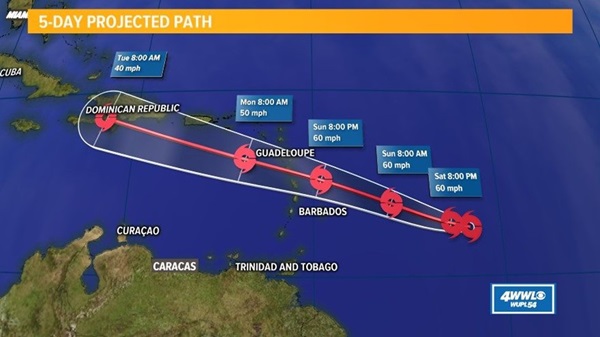
Two weeks after Hurricane Beryl struck on July 1, the southern Grenadines remain in disarray. The resorts at Petit Saint Vincent (PSV) and Palm Island require extensive rebuilding—Palm Island must be reconstructed from scratch, while PSV, largely built of stone, focuses on re-roofing and re-equipping. Union Island and Mayreau face significant challenges: over 95% of housing has been destroyed, most buildings are roofless, and commercial structures are inoperable. However, the Mayreau Beach Club survived with minimal damage to its main buildings, though its dock and palapa/tented restaurant were swept away.
In Canouan, the marina will require some rebuilding. The main commercial plaza building, where our office was located, came through relatively well, although the adjacent Tradewinds office was badly damaged. The two breakwaters that protected vessels from the swell have been wiped out, and the dockside electrical infrastructure is in disarray. Further inland, we are awaiting an update from Soho House regarding the damage and prospects for rebuilding the destroyed areas (palapa, bar/restaurant/spa). At the Canouan Resort/Mandarin Oriental golf course, there was also damage, and we are waiting for information on the restoration schedule. Canouan was farther from the storm’s epicenter than Union and PSV; the storm’s center passed just south of Carriacou, about 9 nautical miles south of Union, with the eyewall being 15 nautical miles wide as it moved through our area.
The severe weather conditions have left many moorings and docks in ruins, affecting the yachting routes and safety in the region.
Impact on Yachting and Tourism
For the yachting community, Beryil’s impact is both immediate and far-reaching. The destruction of marinas and docks will undoubtedly lead to significant logistical challenges for yacht owners and charter companies. Many boats that were docked in the region have either been damaged or are stranded due to the debris and wreckage.
The Grenadines are renowned for their sailing conditions, with crystal-clear waters and favorable winds attracting yachts from around the globe. However, with the current state of the infrastructure, it may take months, if not years, for these conditions to return to their pre-Beryil state. Yacht owners and charter companies will need to reroute their plans, and insurance claims will likely rise as a result of the widespread damage.
Should you charter in the Grenadines this 2024/2025 season?
The beautiful beaches, crystal-clear waters, and welcoming locals are still ready for you. While some areas in the Southern Grenadines are rebuilding, there are still plenty of amazing experiences to enjoy. Dive in Mustique, Bequia, or Saint Vincent, and take advantage of the perfect conditions for kitesurfing. The Tobago Cays Marine Park remains stunning, and despite some damage, the Northern Grenadines are fully operational, with Mustique, Bequia, and Saint Vincent offering their unique charms. Your visit will help the local communities recover, and we’ll ensure your experience is as delightful as ever.
Tourism, which forms the backbone of the Grenadines’ economy, will also feel the repercussions. The islands, heavily dependent on visitor traffic, will face a decline in tourist numbers as recovery efforts take center stage. Local businesses, from restaurants to souvenir shops, are bracing for a tough period ahead. It should have great support to go visit !
Looking Ahead
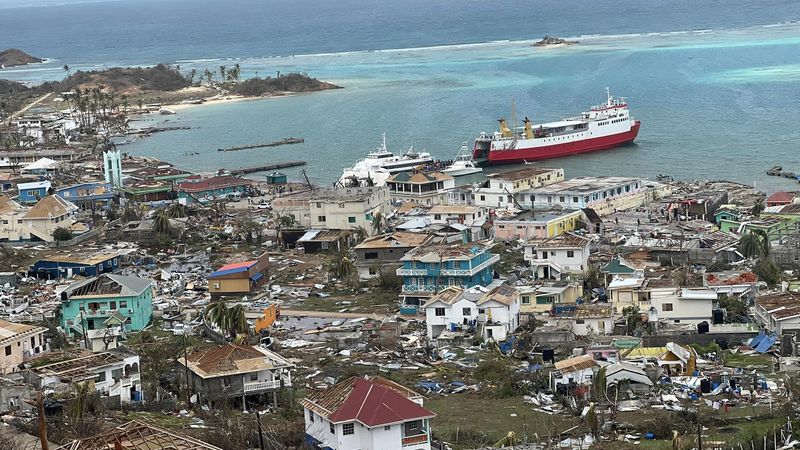
The resilience of the Grenadines’ residents and the broader Caribbean community will play a crucial role in the recovery process. International aid and support will be vital in rebuilding the damaged infrastructure and restoring the islands to their former glory.
For now, the focus is on immediate relief efforts and assessing the full extent of the damage. As the Caribbean starts the long road to recovery, those who love these islands will undoubtedly rally to support them, ensuring that once the skies clear, the Grenadines will shine brightly once more.
For those interested in contributing to recovery efforts or seeking information on how to support the affected regions, various organizations and local initiatives are already in place to facilitate aid and donations. Stay tuned for updates on how the yachting community and the islands themselves navigate the aftermath of Hurricane Beryil.
Update October 2024 on the Grenadines Following Hurricane Beryl
As of October 2024, the aftermath of Hurricane Beryl continues to significantly affect the Grenadines and Saint Vincent. The hurricane, which struck the region in July, has resulted in substantial economic losses, estimated between 20% and 25% of the country’s GDP. The financial impact includes physical damage valued at around EC$800 million (approximately US$296 million), primarily concentrated in the southern Grenadines.
Recovery efforts are actively underway, focusing on restoring essential services like electricity. So far, 58 homes in Mayreau have been reconnected, and more than 500 homes in Canouan have been inspected and approved for electrical reconnection. However, challenges remain, particularly on Union Island, where residents are still dealing with significant infrastructure damage.
Despite the considerable losses, the local government, with support from international organizations such as the IMF, is committed to a swift recovery and reconstruction process. This collaborative effort aims to provide much-needed assistance to affected communities and restore normalcy in the region.
For more detailed updates and insights into the ongoing recovery efforts, you can follow the reports from local news outlets.

